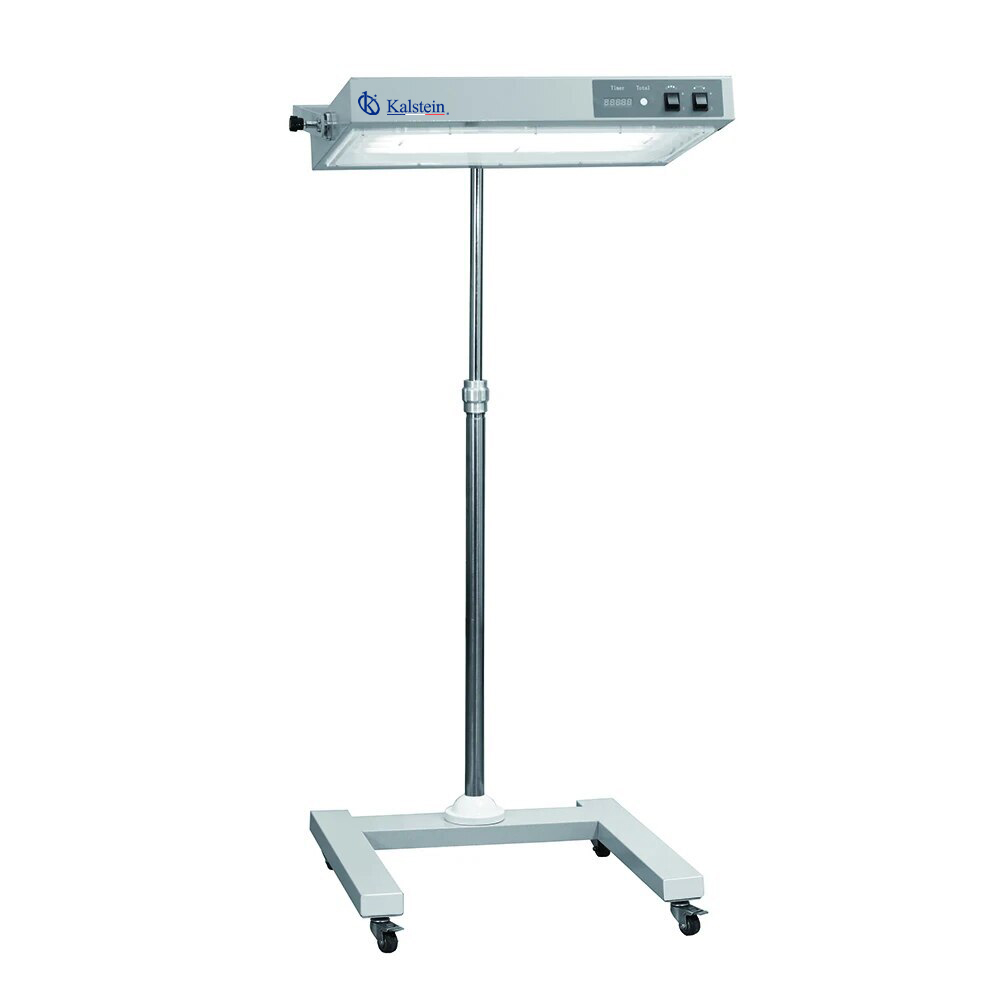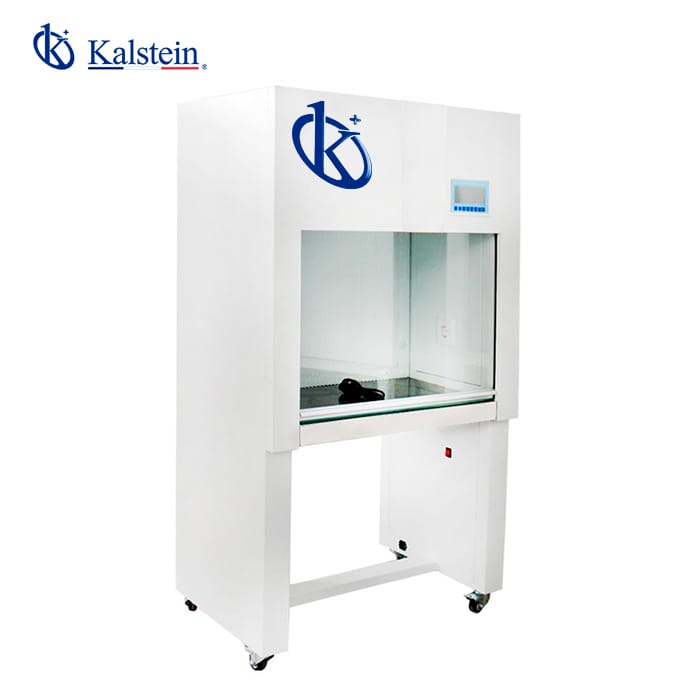Technology and Science Behind Bilirubin Phototherapy Units: A Modern Approach

Phototherapy is an essential treatment for newborns with hyperbilirubinemia, a condition commonly known as neonatal jaundice. This technique uses electromagnetic radiation, specifically blue light, to reduce bilirubin levels in the newborn’s blood. Infant bilirubin phototherapy units are medical devices designed to emit this light in a controlled and effective manner, ensuring the baby’s safety and well-being during treatment.
Innovations in Phototherapy for Neonatal Hyperbilirubinemia: State-of-the-Art Phototherapy Units

As someone who has had the opportunity to work closely with infant bilirubin phototherapy units, I can say that these machines have revolutionized the treatment of neonatal hyperbilirubinemia. Hyperbilirubinemia, a common condition in newborns that can lead to jaundice, requires immediate and effective attention. Phototherapy units have emerged as the primary solution, offering a non-invasive and highly effective treatment.
Maintaining Safety: A Detailed Investigation into Biosafety Cabinets and Hoods

The importance of biosafety has taken on new significance in the global pandemic era, where the protection of lab workers isn’t just a prerogative, but an everyday imperative.
The Invisible Guardians of the Laboratory: Discovering Biosafety Hoods and Cabinets

Biosafety hoods and cabinets are essential equipment in any laboratory, providing high-level scientific protection.
Unraveling the Unique Value of Biosafety Cabinets and Hoods in the Medical and Laboratory World

Biosafety cabinets and hoods are essential tools in any laboratory handling biological substances. They provide a safe environment that safeguards users, the laboratory setting, and the work itself. Through air barriers and HEPA filters, they prevent contamination and exposure to potentially harmful aerosols.
Maximizing Biosafety in Laboratories: The Elegance and Power of Kalstein Hoods and Cabinets

Biomedical research and experimentation tasks demand rigorous control of biosafety parameters. The Kalstein Biosafety Hoods and Cabinets make a significant contribution in this regard.
Elevate the Biosafety Level in Your Laboratory with Our Equipment

The world of laboratories and biosafety is vast and continually changing, with biosafety cabinets and hoods being key elements in this area.
Enhanced Biosecurity for Advanced Laboratories: Our Cabinets and Hoods

Biosecurity cabinets and hoods, also known as biological containment systems, are vital in labs today, enabling safe handling of potentially dangerous biological agents. However, not all systems are created equal – there’s a vast array of designs, features, and configurations to consider when selecting the right system for your lab.
The Scientific Guarantee: Biosafety Cabinets and Hoods for Laboratories

In the vigorous world of science, ensuring safety in a laboratory is a main component for effectively carrying out research, and it is in this valuable environment where biosafety cabinets and hoods come into play. They essentially act as physical barriers between samples and the environment, providing crucial protection for operators and the integrity of their research.
Laboratory Innovation: Discover Our Biosecurity Hoods

Undeniably, Biosecurity Hoods and Cabinets are an indispensable tool in any modern laboratory environment. These innovations are a technological advancement that not only protect laboratory members, but also the specimens and samples handled within them.

